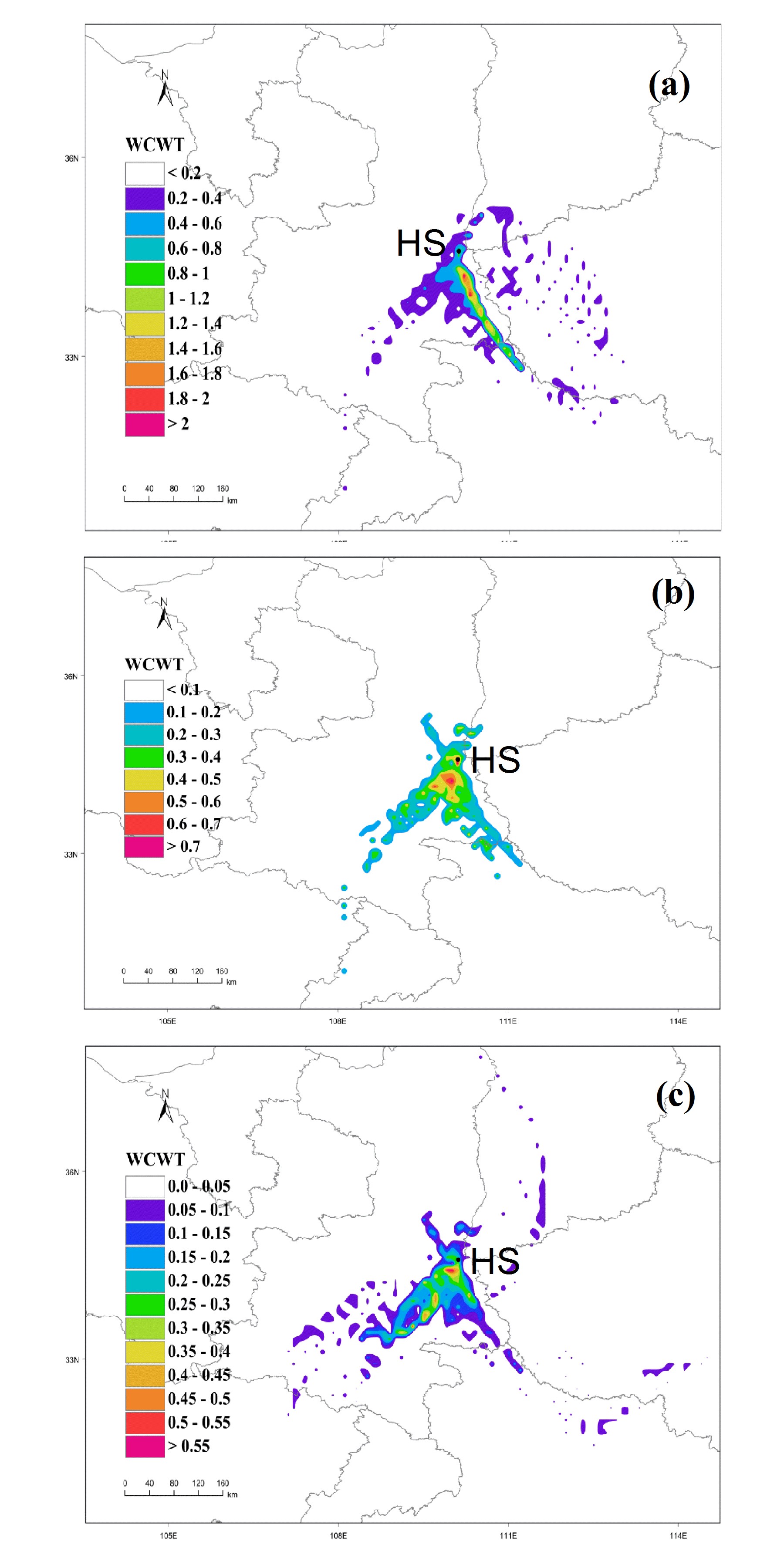Transport of Volatile Organic Compounds across Qinling Mountain Caused Deterioration of Regional Ozone Pollution
Increasing concentration of ozone (O3) is a key factor contributing to the deterioration of air quality in China. O3 and its precursors, in particular volatile organic compounds (VOCs), could transport by air mass, leading to interactions of O3 precursors from biogenic and anthropogenic sources. Consequently, O3 pollution predominantly exhibits regional oneness. Qinling Mountain, with high altitude, affects the climate and air quality in China, but its influence on VOCs transport and regional O3 pollution remains poorly understood.
Researchers from the Institute of Earth Environment of the Chinese Academy of Sciences (CAS) conducted comprehensive observations on O3 and its precursors to investigate the driving mechanism of the regional transport of O3 and VOCs in Qinling Mountain as well as their impacts on regional O3 pollution.
They found that VOCs composition at the foot of Qinling Mountain was significantly impacts on local sources, while ambient VOCs on the top was impacted by regional air mass, resulting in extremely high loading of O3 and VOCs during nighttime at the top of Qinling Mountain. Furthermore, it was found that summer East Asian monsoon and local valley wind together drove the accumulation of O3 (up to 152 ppbv) and VOCs (formaldehyde up to 5 ppbv) on the mountain top, exacerbating the O3 pollution in the surrounding areas Qinling Mountain.
This study enhances the understanding of the transport of VOCs and its impacts on the regional O3 pollution, and the potential sources distribution as well as transport pathways, which would helpful in further regional O3 quality control.
This work was published in Journal of Geophysical Research- Atmospheres on Dec. 26. 2023.

Fig. 1 Potential source distribution of formaldehyde (a), acetylene (b), and xylenes (c) at the Qinling Mountain in summer 2020.(Image by XUE, et al)
Contact: BAI Jie, Institute of Earth Environment, Chinese Academy of Sciences, Xi'an, China. Email: baijie@ieecas.cn
 © 2015 Institute of Earth Environment,CAS
© 2015 Institute of Earth Environment,CAS Address:No. 97 Yanxiang Road, Xi'an 710061, Shaanxi, China

 Location :
Location :